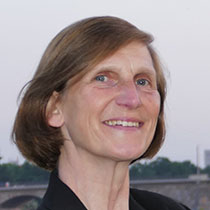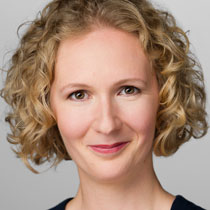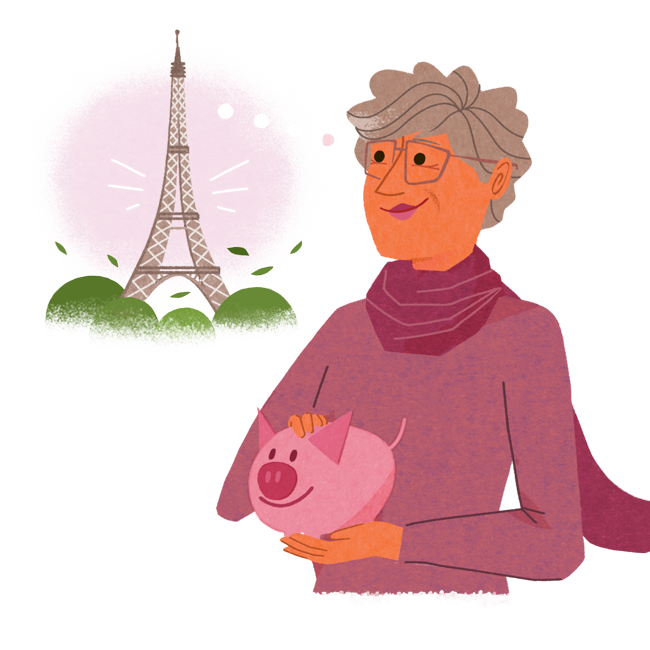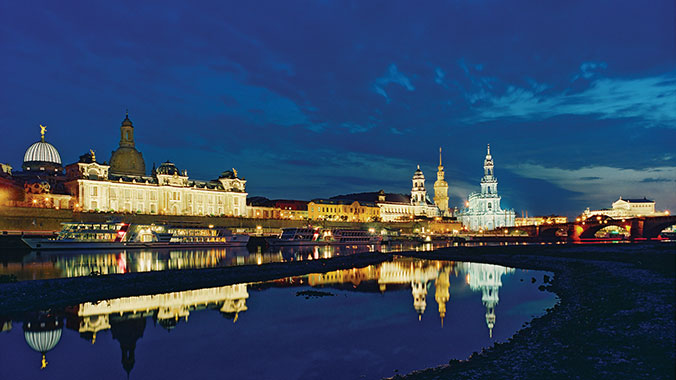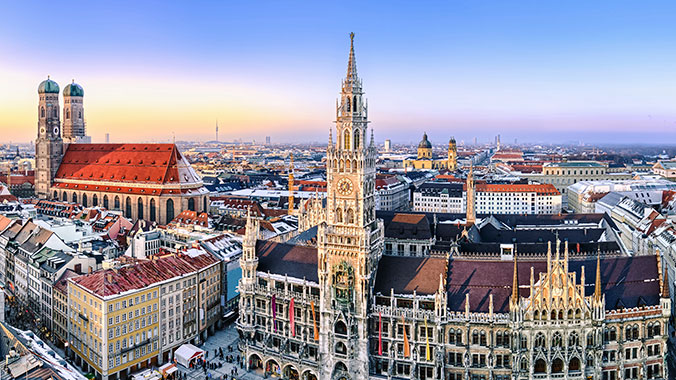-
by Cultural Understanding
-
by Language Introduction
Alone in Berlin
by Hans Fallada
In 1940, in the heart of Hitler's capital, Otto and Anna Quangel are alone in Berlin with a breathtaking campaign of resistance.
Berlin: Imagine a City
by Rory MacLean
A city devastated by Allied bombs, divided by a Wall, then reunited and reborn, Berlin today resonates with the echo of lives lived, dreams realised and evils executed. No other city has repeatedly been so powerful and fallen so low. And few other cities have been so shaped and defined by individual imaginations.
Culture Smart! Germany
by Barry Tomalin
Offers practical advice on how to navigate social situations and understand German culture.
German Made Simple: Learn to Speak and Understand German Quickly and Easily
by Arnold Leitner
A great starting point for learning basic German phrases and grammar.
Germany: A New History
by Hagen Schulze
An accessible overview of German history, focusing on key events and developments. The author, Hagen Schulze (31 July 1943 – 4 September 2014) was a German historian who held a position at the Free University of Berlin. He specialized in early modern and modern German and European history, particularly in comparative European nationalisms. He was a visiting fellow in Oxford and in Princeton.
Germany: Memories of a Nation
by Neil MacGregor
From Neil MacGregor, the author of A History of the World in 100 Objects, this is a view of Germany like no otherFor the past 140 years, Germany has been the central power in continental Europe. Twenty-five years ago a new German state came into being. How much do we really understand this new Germany, and how do its people now understand themselves?
Lonely Planet German Phrasebook & Dictionary
by Lonely Planet
Handy for travelers who need quick access to common phrases and vocabulary.
The Awful German Language
by Mark Twain
In this essay Twain lets the reader participate in his experiences of learning the German language by describing its absurdities in a very humorous way.
The Book Thief
by Markus Zusak
Set during World War II in Germany, Markus Zusak’s groundbreaking new novel is the story of Liesel Meminger, a foster girl living outside of Munich. Liesel scratches out a meager existence for herself by stealing when she encounters something she can’t resist–books. With the help of her accordion-playing foster father, she learns to read and shares her stolen books with her neighbors during bombing raids as well as with the Jewish man hidden in her basement before he is marched to Dachau.
The German Way: Aspects of Behavior, Attitudes, and Customs in the German-Speaking World
by Hyde Flippo
A useful guide to understanding German customs, etiquette, and social norms.
The Invention of Nature: Alexander von Humboldts New World
by Wulf, Andrea
The author reveals the forgotten life of Alexander von Humboldt, the visionary German naturalist whose ideas changed the way we see the natural world—and in the process created modern environmentalism.
Alexander von Humboldt (1769–1859), born and educated in Berlin, was an intrepid explorer and the most famous scientist of his age.
The Shortest History of Germany
by James Hawes
A concise and engaging account of Germany's history, helping to contextualize its present.
The White Rose
by Inge Scholl
The White Rose tells the story of Hans Scholl and Sophie Scholl, who in 1942 led a small underground organization of German students and professors to oppose the atrocities committed by Hitler and the Nazi Party. They named their group the White Rose, and they distributed leaflets denouncing the Nazi regime. Sophie, Hans, and a third student were caught and executed.
Written by Inge Scholl (Hans' and Sophie's sister), The White Rose features letters, diary excerpts, photographs of Hans and Sophie, transcriptions of the leaflets, and accounts of the trial and execution. This is a gripping account of courage and morality.
Why the Germans Do It Better: Notes from a Grown-Up Country
by John Kampfner
A look at modern Germany's achievements and challenges, offering a balanced view of the country's contemporary society.
